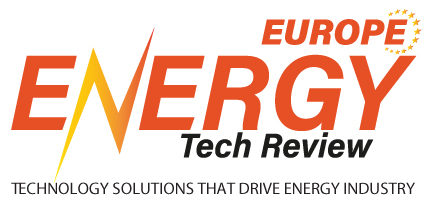 Lars Boerner, Operations Director
Lars Boerner, Operations DirectorVETT has set a high bar in proving to be cost-effective and harmless to wildlife/environment, while also causing zero disturbance to people; not all clean energy projects and technologies can fulfil those criteria. VETT is an accomplished fish-safe hydro technology with no noise or visual intrusion, which uses a smart and patented turbine arrangement to reduce the costs associated with historically expensive low-head hydropower.
The patented VETT technology operates on Venturi principles to draw a secondary water flow through the device, creating a "pump with no moving parts". VETT uses the pressure drop created by a diameter reduction in a primary flow pipe to draw a high energy secondary flow, through a conventional axial flow turbine—the only underwater moving part. Essentially, the pressure across the turbine is amplified threefold, permitting the use of a small, highly efficient turbine and permanent magnet generator with a power converter (no gearbox). Conventionally, such equipment could only be deployed at higher-head sites, but owing to VETT, low-head sites can now be cost-effective too.
We aim to establish the VETT technology as the go-to solution for low-head hydropower
For instance, in December 2018, the very first commercial VETT installation started on the river Great Ouse at Eaton Socon, Cambridgeshire, UK. VerdErg designed a 30 kW VETT scheme for Eaton Socon Hydro Limited to exploit the 1.4m head between the marina and millpond through an unused underground culvert that was used for hydropower generation until the mid 20th century. The mill is home to a beautiful pub and restaurant, The River Mill, and the listed building is in a residential area, making it a very sensitive location. To preserve the historical and leisure amenity of the site, the VETT unit was installed out of sight under the River Mill’s outside deck. The project was well-integrated into the infrastructure of the mill; and, the VETT system reduces carbon emissions in the area by 50 tonnes per year and generates enough electricity to power 32 homes.
VerdErg’s sole target is to develop and promote the VETT technology and deliver associated services that support the entire development process of a project, through the stages of design, planning, tender, and realisation. “We aim to establish the VETT technology as the go-to solution for low-head hydropower,” says Lars Boerner, Operations Director of VerdErg Renewable Energy. In terms of global expansion, the firm is aspiring to join forces with strategic partners that can promote or even embed the VETT technology into their portfolio and service offerings. In the long run, VerdErg’s goal is to deploy the VETT technology in ocean tidal applications, for which patents already exist.





